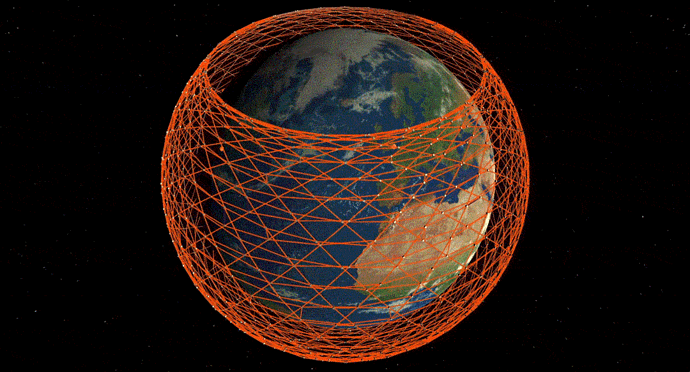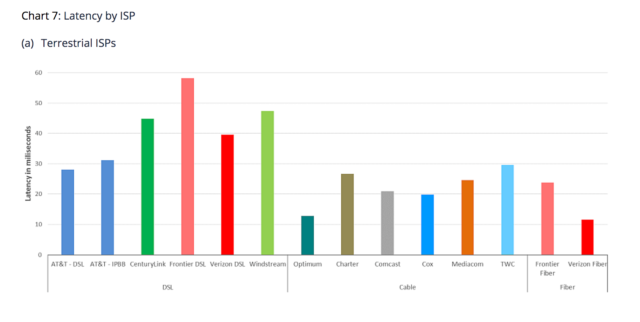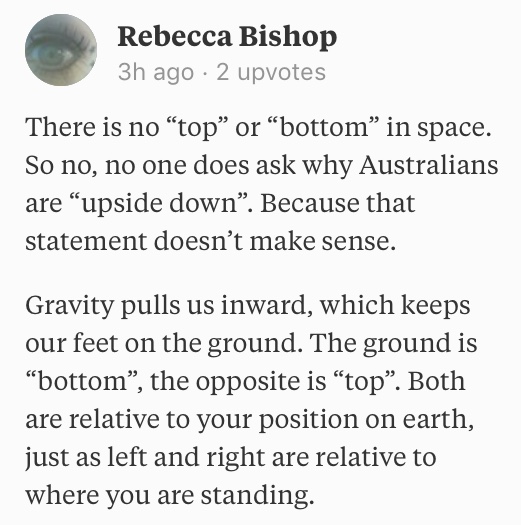According to a draft paper written by networking researcher and professor Mark Handley, SpaceX’s Starlink internet satellite constellation has the potential to significantly disrupt the global networking economy and infrastructure and do so with as little as a third of the initial proposal’s 4425 satellites in orbit.
A step or so further, Dr. Handley (according to a University College London colleague) suspects that a network like that proposed by SpaceX could rapidly become “a license to print money” thanks to the tangible benefits it would provide financial institutions and banks – as of today, shaving mere milliseconds off of communications latency can be a serious competitive advantage for traders.
Asked to condense his argument into a few sentences, Dr. Handley’s colleague (Reddit /u/davoloid) described his excitement as such.
A Professor in Computer Science [Mark Handley] who specializes in how networks work has done a simulation of Starlink based on the available information. It will make long distance links very fast, as in, a short delay in sending a message, which we call latency. That’s very important to banks and similar companies, who always want to have the fastest information. They pay a lot of money to create networks, often private ones rather than through regular commercial providers. Even with the first phase of 1600 satellites, there will be big revenues for SpaceX.” – Reddit /u/davoloid, 11/2/18
The first step’s first step
With all 4425 satellites in place, the benefits approach or even surpass theoretical best-case statistics for literal straight-line fiber optic cables. Of course, SpaceX’s true proposal includes yet another 7520 very low Earth orbit (VLEO) Starlink satellites (~350 km) that would more than double the bandwidth available while potentially cutting another huge chunk out of the already unsurpassable latency performance of LEO Starlink (~1100-1300 km).
Of course, a massive amount of work remains before SpaceX before any of the above futures can or are even technically able to come to fruition. Aside from regulatory difficulties and concerns about space debris from a potential ~12,000+ new satellites, SpaceX will have to go one or even two magnitudes beyond what the status quo of satellite manufacturing believes is achievable, mass producing and launching satellites in volumes that will dwarf anything undertaken in the history of spaceflight. Still, if anyone is going to accomplish such an extraordinary feat, one would be hard-pressed to find a better bet than SpaceX.
Satellites will function like a mesh network and deliver gigabit speeds.
SpaceX today said its planned constellation of 4,425 broadband satellites will launch from the Falcon 9 rocket beginning in 2019 and continue launching in phases until reaching full capacity in 2024.
SpaceX gave the Senate Commerce Committee an update on its satellite plans during a broadband infrastructure hearing this morning via testimony by VP of satellite government affairs Patricia Cooper. Satellite Internet access traditionally suffers from high latency, relatively slow speeds, and strict data caps. But as we reported in November, SpaceX says it intends to solve these problems with custom-designed satellites launched into low-Earth orbits.
SpaceX mentioned 2019 as a possible launch date in an application filed with the Federal Communications Commission in November and offered a more specific launch timeline today. Cooper told senators:
Later this year, SpaceX will begin the process of testing the satellites themselves, launching one prototype before the end of the year and another during the early months of 2018. Following successful demonstration of the technology, SpaceX intends to begin the operational satellite launch campaign in 2019. The remaining satellites in the constellation will be launched in phases through 2024, when the system will reach full capacity with the Ka- and Ku-Band satellites. SpaceX intends to launch the system onboard our Falcon 9 rocket, leveraging significant launch cost savings afforded by the first stage reusability now demonstrated with the vehicle.
The 4,425 satellites will “operat[e] in 83 orbital planes (at altitudes ranging from 1,110km to 1,325km),” and “require associated ground control facilities, gateway Earth stations, and end-user Earth stations,” Cooper said. By contrast, the existing HughesNet satellite network has an altitude of about 35,400km, making for a much longer round-trip time than ground-based networks.
SpaceX has also proposed an additional 7,500 satellites operating even closer to the ground, saying that this will boost capacity and reduce latency in heavily populated areas. But Cooper offered no specific timeline for this part of the project.
There were an estimated 1,459 operating satellites orbiting Earth at the end of 2016, and the 4,425 satellites in SpaceX’s planned initial launch would be three times that many. Other companies are also considering large satellite launches, raising concerns about potential collisions and a worsening “space junk problem,” an MIT Technology Review article noted last month.
SpaceX today urged the government to relax regulations related to satellite launches and to include satellite technology in any future broadband infrastructure legislation and funding.
Network design
SpaceX’s satellites will essentially operate as a mesh network and “allocate broadband resources in real time, placing capacity where it is most needed and directing energy away from areas where it might cause interference to other systems, either in space or on the ground,” Cooper said. Satellites will beam directly to gateway stations and terminals at customers’ homes, a strategy that will greatly reduce the amount of infrastructure needed on the ground, particularly in rural and remote areas, she said.
“In other words, the common challenges associated with siting, digging trenches, laying fiber, and dealing with property rights are materially alleviated through a space-based broadband network,” she said.
Customer terminals will be the size of a laptop. While speeds should hit a gigabit per second, SpaceX said it “intends to market different packages of data at different price points, accommodating a variety of consumer demands.” Current satellite ISPs have latencies of 600ms or more, according to FCC measurements, but SpaceX has said its own system will have latencies between 25 and 35ms. That’s better than DSL and similar to several of today’s major cable and fiber systems, according to FCC measurements. The measurements show that the Altice-owned Optimum and Verizon FiOS had latencies of just over 10ms, better than what SpaceX is expecting to achieve.
SpaceX promised that its satellite technology won’t become stale after launch. The company’s “satellite manufacturing cost profile and in-house launch capability” will allow it to continually update the system’s technology to meet changing customer needs, Cooper said.



